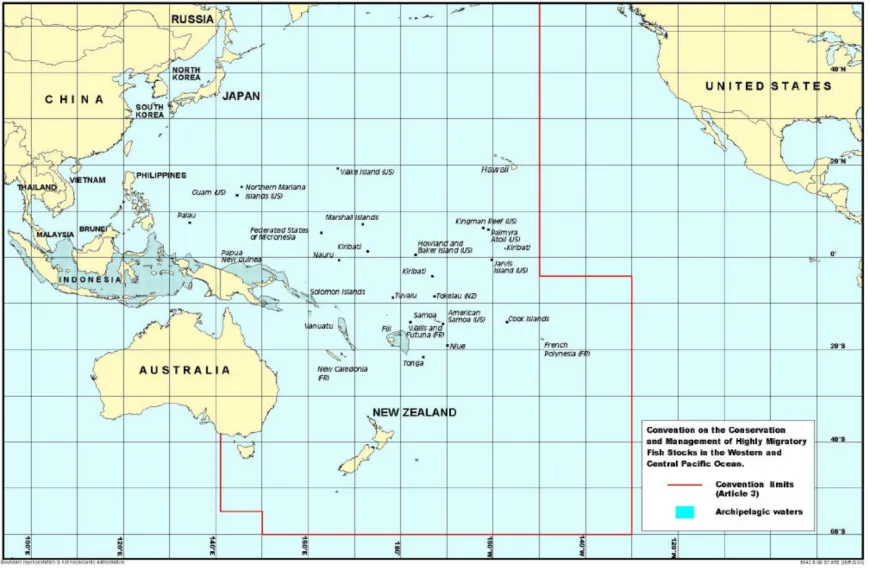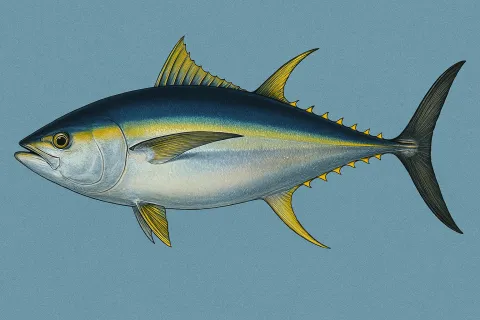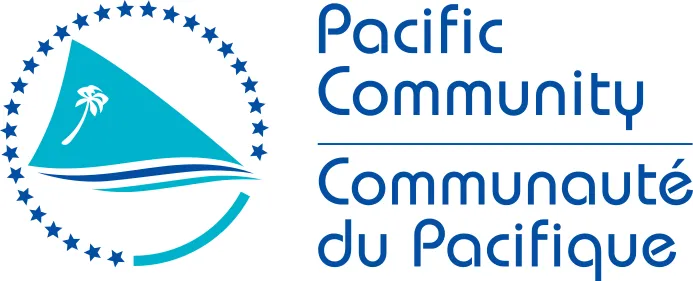The WCPFC oversees the world's largest tuna fishery and one of the world's most extensive and productive fishing areas, spanning approximately 20% of Earth's surface. Nearly 60% of the world's tuna comes from the western and central Pacific Ocean.
Our responsibilities reflect the complex challenge of balancing immediate economic interests with the long-term health of fish populations and marine ecosystems. Through science-based management and international cooperation, we aim to ensure that Pacific fisheries continue to provide food security, economic benefits, and cultural value for generations to come.

This vast region produces over half of the world's tuna catch, valued at more than US$6 billion annually.
Managing Highly Migratory Fish Stocks
The WCPFC covers the following six tuna stocks:
- skipjack
- yellowfin
- bigeye
- North Pacific albacore
- South Pacific albacore
- Pacific bluefin

WCPFC has also adopted measures relating to the conservation and management of billfish species like marlin (North Pacific and Southwest Pacific) and swordfish (North Pacific and South Pacific) which are caught throughout the WCPFC's Convention Area.
For each species, WCPFC has developed specific conservation and management measures based on population health, fishing pressure, and biological characteristics. Visit the Sustainability page for more details.
Setting Sustainable Catch Limits
WCPFC established limits on catch and fishing effort for tuna and billfish stocks, based on scientific assessments. These limits are allocated among different members and their fishing fleets, taking into account historical fishing patterns, coastal states' rights, and development aspirations of small island nations. Rather than a one-size-fits-all approach, WCPFC tailors measures to specific species and fishing methods.
Regulating Fishing Methods
WCPFC developed rules about how fishing can occur, including restrictions on:
- fish aggregating devices (FADs) and when they can be used
- requirements for specific types of fishing gear to reduce bycatch
- size limits for caught fish to protect juvenile populations
Combating Illegal, Unreported, and Unregulated (IUU) Fishing
WCPFC maintains a registry of authorized fishing vessels and a vessel monitoring system that tracks thousands of fishing boats in real-time, tools that help to combat IUU fishing. Each year, the WCPFC updates its "blacklist" of vessels (IUU Vessel List) that are found to be violating rules, ensuring that these vessels cannot continue to operate in the region.
Protecting Vulnerable Marine Species
WCPFC adopted specific conservation measures to mitigate the impacts of fishing on sea turtles, sharks, seabirds, and marine mammals that might be accidentally caught during fishing operations.
Measures include requirements for special handling techniques, prohibited retention of certain species, and modified fishing gear to reduce interactions.
Supporting Developing Nations
WCPFC administers a special fund (Special Requirements Fund) to support small island developing States and Territories to participate effectively in the Commission's work, including support for implementing measures.
Activities supported by the special fund include:
- technical assistance
- training programs
- support for data collection and monitoring activities
Coordinating with Other Regional Organizations
WCPFC works closely with the Inter-American Tropical Tuna Commission, which manages tuna fisheries in the Eastern Pacific Ocean, to ensure that management approaches in respect of the same tuna stocks are consistent. WCPFC has also entered into cooperative arrangemetns with other regional fisheries management organizations in the region, such as the North Pacific Fisheries Commission, the South Pacific Regional Fisheries Management Organisation, and the Commission for the Conservation of Southern Bluefin Tuna. These cooperative arrangements support data exchange and information sharing on areas of common interest between the organisations.
WCPFC has entered into service agreements with the Pacific Islands Forum Fisheries Agency (FFA) and the Pacific Community (SPC), each of whom is contracted by the WCPFC to provide certain services such as vessel monitoring and scientific research.
Forum Fisheries Agency (FFA)
The 17 members of the Pacific Islands Forum Fisheries Agency (FFA) provide strong support to the work of WCPFC, both as members of the WCPFC and also as the original stewards of fisheries in the western and central Pacific Ocean. The island communities that make up the FFA membership have deep connections to the ocean environment and their vision and foresight is what gave way to the establishment of WCPFC. FFA members’ experience in vessel registration and monitoring continues to benefit the WCPFC.
Pacific Community (SPC)
SPC is as a long-established Pacific organization who provides the scientific and data management expertise that underpins WCPFC’s work. SPC’s members are also part of WCPFC and their long history of data collection and analysis on the region’s tuna fisheries forms the basis for WCPFC’s conservation and management efforts.
Transparency and Stakeholder Engagement
The Commission aims to be open and transparent in how it makes decisions and carries out its work. Groups like international organizations and NGOs that are involved in related issues are allowed to attend Commission meetings as observers. The Commission's rules allow for these groups to participate in contribute in WCPFC's work, consistent with the Commission’s guidelines.

